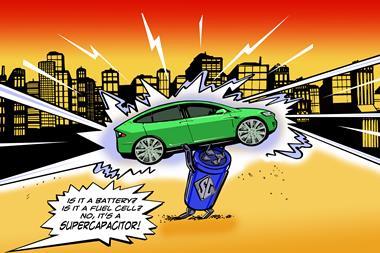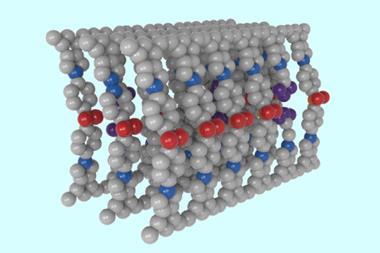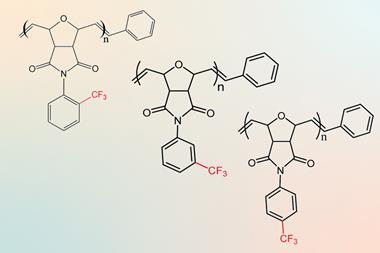Sequential high-speed images have captured how dielectric breakdown manifests in polymethyl methacrylate. The images have led researchers to uncover an entirely new mode of discharge propagation, which they describe as the ‘fastest physical phenomena observed visually in a solid-state material’.
Powerful electric fields can cause dielectric materials like polymethyl methacrylate to breakdown and suddenly become conductive, in what is known as an electrostatic discharge event. Such incidents leave behind tree-like damage patterns, known as Lichtenberg figures.

Previous research and theory lack understanding of how electrostatic discharge occurs in bulk materials. Furthermore, they tend to focus on a type of Lichtenberg figure – branch-type – which are characterised by their feathery and dendritic patterns.
Now, researchers in the US have used gigahertz-frame high speed imaging techniques to observe initiation, bulk discharge and cessation steps to better understand how electrostatic discharge moves through polymethyl methacrylate. The study’s images highlighted a new type of Lichtenberg figure, which the team named ivy-type. These channels appeared when the team applied larger charges to the polymethyl methacrylate and propagate at 107m/s, an order of magnitude faster than branch-type channels.
The researchers note that continuing to study Lichtenberg figure channels will help researchers engineering materials to be less vulnerable to dielectric breakdown.
References
K M Sturge et al, Science, 2024, DOI: 10.1126/science.ado5943

















No comments yet